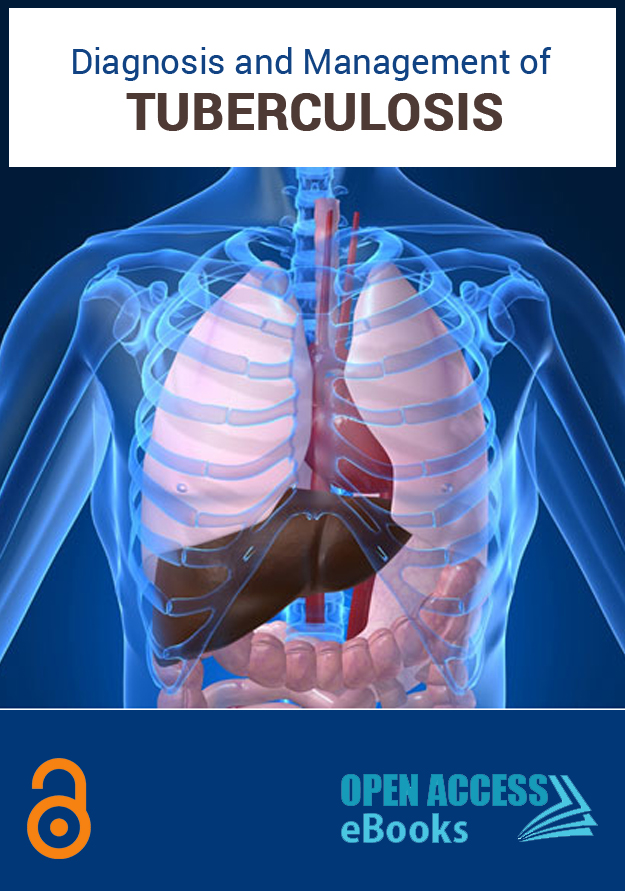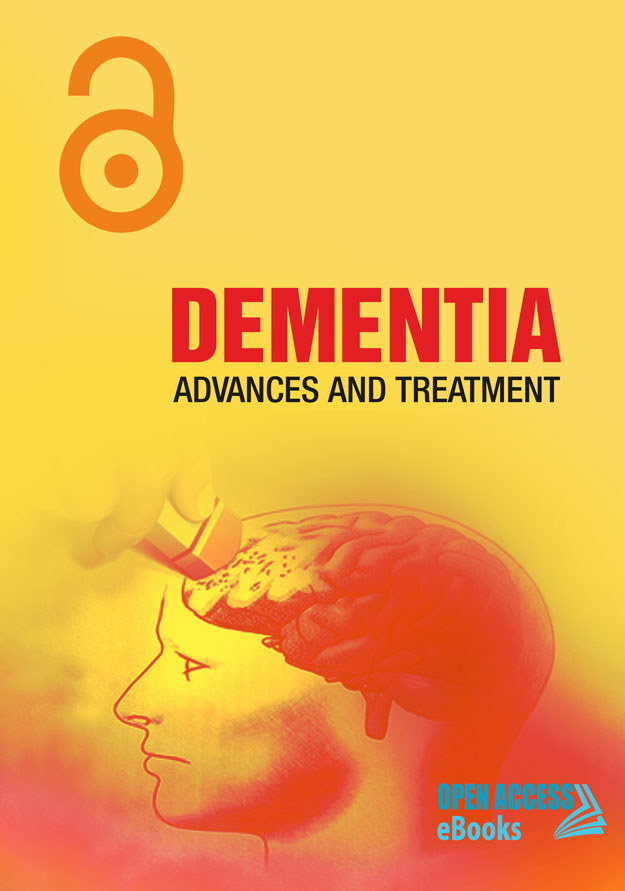Published Chapters:
Response of Cultivars and Rooting Media on Root Behavior and Bud establishment in Rose (Rosa Hybrida) under Cuttage- Buddage System
eBook: Advances in Biotechnology
An investigation was designed to comprehend and evaluate the vegetative response of rose cuttings to three cultivars and in four different rooting media. Experiment was conducted on three cultivars namely; Happiness, Avon and Kiss of Fire using four rooting media viz; soil (control), vermiculite, perlite and sand:soil:FYM (1:1:1 v/v). It was conducted as a factorial experiment on the basis of Completely Randomized Design with three replications. There were five budded cuttings in each replication. The findings revealed that cuttings of Rosa indica var. odorata budded with buds of cv. Happiness (V1) recorded maximum bud take percentage for all the four rooting media. Cultivar Happiness performed better than cv. Avon in terms of days for bud sprouting, diameter of primary and secondary branches, while, length of primary and secondary branches was better in cv. Avon. The highest number of roots (33.16) and longest root (13.84 cm) were recorded for Happiness + vermiculite. However, better survival percentage under field condition was recorded in Avon and Kiss of Fire than Happiness. Among the rooting media, vermiculite appeared to be superior due to its positive effect on root growth and development, followed by sand:soil:FYM (1:1:1 v/v), while perlite was least effective. During the investigation period the two factors, cultivars and rooting media interacted significantly with each other in most of the cases. In general, cv. Happiness and Avon performed better than Kiss of Fire. As far as rooting media is concerned, vermiculite is recommended as an appropriate rooting media for opti mum rooting and growth of rose cuttings.
Development of Antibody Reagents against Stem Cell Markers: Expression Pattern of Human Pluripotent Stem Cell Marker Nanog and Germ Cell Marker Fragilis by Rat Testis
eBook: Advances in Biotechnology
The relative rarity of stem cells in embryonic or circulating bloods of the adult has human prompted the scientific community to search for markers that are biologically unique to stem cells and could be used for identification of cell type. Stem cellmarkers can be either on the cell surface or part of an intracellular signalling pathway associated with cell proliferation, differentiation or cell-cell interaction. Further a combination of markers facilitates identifying a particular cell type with consistency. Keeping this in view, attempts were made to develop antibodies against Germ cell marker Fragilis and embryonic stem cell marker Nanog. Antibodies were developed against synthetic peptides made from carefully chosen epitopic region from sequences available in NCBI. Antibodies were validated by Western Blot using various cell lines and tissues. Immuno histochemical staining of adult rat testis with anti-Nanog showed the presence of pluripotent stem cell factor in the tails of the spermatozoa and suggests that NANOG expression was markedly up regulated in the gonocytes shows stem cell potential in adult testis. This confirms that adult rat testis has a population of stem cells that can be act as biomarkers.
Application of Hydrogen/Deuterium Exchange Mass Spectrometry in Structural Biology and Molecular Medicine
eBook: Advances in Biochemistry & Applications in Medicine
In last two decades soft ionization method in mass spectrometry has emerged as a powerful biophysical tool to study the structure of biological macromolecules such as proteins. Two ionization methods, electrospray ionization mass spectrometry (ESI-MS) and matrix assisted laser desorption ionization mass spectrometry (MALDI-MS) were discovered independently by two research groups in 1980s. Although both of these methods have been extensively used in the analysis of primary structure of proteins in the domain of proteomics research, the isotope exchange chemistry of macromolecules monitored through soft ionization based MS made it feasible to study the functionally active three dimensional structure of proteins without any limit to its size, structural complexity and state of purity.
Transdermal delivery of Drugs using biocompatible hydrogels and microneedles
eBook: Advances in Biochemistry & Applications in Medicine
Transdermal delivery represents an attractive alternative to oral delivery of drugs and is poised to provide a substitute to hypodermic injection too. People have practiced transdermal delivery for thousands of years by placing topical drugsSantalum album or formulations on the skin for remedial effects. This practice is still in use in current era and large number of topical formulations are available for local curative effects [1].
Obesity and Endocannabinoids
eBook: Advances in Biochemistry & Applications in Medicine
In the modern-day world, obesity and its associated metabolic disorders like Type 2 Diabetes (T2DM) and other metabolic syndromes have skyrocketed and pose a serious global public health concern as seen in Fig 1. In United States, two thirdsof the population are obese [1,2]. The problem of obesity not only exists in prosperous countries but is also present in developing countries like Mexico, China and Thailand [3] and hence serious interventions are required to solve this problem that exists across the world. According to National Institute of Health (NIH), obesity is complex and multifactorial condition. It is also considered as a condition of excess energy stores [4] (NIH). According to the definition of World Health Organization (WHO); in adults, “overweight” is defined as Body Mass Index (BMI) between 25-29.9 while “obesity” is defined by BMI greater than 30kg/m2 [5]. BMI is defined as persons weight divided by his or her height in meters squared. It is known to correlate with percentage body fat in human subjects [6,7], however sometimes not considered a sufficient parameter [8]. Often waist circumference is also considered as a marker for obesity.
Magic Sized Quantum Dots as a Theranostic Tool for Breast Cancer
eBook: Recent Studies & Advances in Breast Cancer
The discovery of quantum dots has sparked the research on biological imaging with many in vitro and in vivo applications, due to their incredible photostability and greater luminescence. Recently, the new magic sized quantum dots (MSQD) have surpassed most of the problems related to labeling, especially because ofseveral important characteristics: the ultra-small size (<2 nm) that allows passive absorption into cells, the variable functional surface engineering that permits conjugation to different molecules for selectivity improvement, the highly biocompatible nature due to its colloidal synthesis, the luminescence tuning capability in different wave lengths, and the low complexity of the system, which have led us to a new level of bioimaging. In this review, we demonstrate the potential applications of MSQD conjugated to three novel molecules as theranostic tools for both diagnosis and treatment of triple negative breast cancer
Depression in Female Breast Cancer Patients
eBook: Recent Studies & Advances in Breast Cancer
The knowledge of the diagnosis of cancer often leads to anxiety and depression in the affected person. A pessimistic interpretation of one’s disease and perspectives on life in the future is almost always present even in those who seemingly continue with their professional and other everyday activities. The studies in the area of psychooncology have shown that five years after the mastectomy in female breast cancer patients the disease outcome depends on the mode of mental reaction in the first three postoperative months.
Breast Cancer in Saudi Arabia and its possible risk factors and control
eBook: Recent Studies & Advances in Breast Cancer
Breast cancer is the commonest females’ cancer and the leading cause of cancer death worldwide. There have been several factors implicated to the etiology of breast cancer, which differ for different geographical locations.The aim of this review was to discuss the most important etiological factors available in the literature with its possible association in the Kingdom of Saudi Araba (KSA). A number of etiological factors have been involved in the etiology of breast cancer. These factors act independently or together to cause breast cancer. The etiological factors discussed in this review include: age factors, age at first birth, early menarche, gender, dietary factors, tobacco smoking, alcohol consumption, low-dose irradiation, obesity, physical activity, lactation, hormonal factors, hormone replacement therapy, steroid hormone receptors, mammographic density, benign breast disease, and genetic factors. This in addition to the role of Her-2/Neu Antigen and triple negative breast cancer (Tnbc). These factors were discussed in view of the existing literature in general and in KSA in particular, in association with the future scope of the prospective research orientations. Such review can provide necessary information to identify individuals at high risk for prevention, early detection, identifying gaps for future research, and appropriate subsequent management, as well as, caregivers’ coordination. The ultimate benefit will be a future dramatic decline in the morbidity and mortality of the breast cancer in KSA.
Potential use of Antihistamines on Cancer treatment
eBook: Recent Studies & Advances in Breast Cancer
Cancer is one of the most frightening diseases worldwide. Several medical options are available for breast cancer treatment, such as surgery, radiotherapy, chemotherapy, hormone therapy and immunotherapy. However, thepossible ineffectiveness, the distinct response of cancer to the therapies and the devastating effects of some of these therapies for patients are the major concerns in cancer treatment. So, it is crucial to search for new or at least adjuvant therapies that may improve the lifespan and quality of life of oncologic patients. Antihistamines are one of the most frequently prescribed drugs worldwide. Since the histamine receptors are present in neoplastic cells of several tumors, and the antihistamines have low toxicity and are cheaper when compared with drugs used in chemotherapy, the antihistaminic drugs may be potentially used in the clinical management of oncologic patients.
Quality assurance in reporting Cervical Cytology
eBook: Current Research & Reviews on Cervical Cancer
Pathologists play a central role in delivering healthcare which includes cancer screening programmes as Pap test in cervical cytology. Quality is the integral part of any laboratory report. Quality is characteristic of entities that bear upon its ability tosatisfy stated or implied needs. Quality control (QC) is the operational techniques and activities that fulfill and verify requirement of quality in an individual test or a process. Technical quality ensures that the products falls within pre-established tolerance limits. QC measures output. QC and organizational structure are complement to each other. It originated in industry as industrial QC which later extended to health care. Initially the QC in medical laboratories started with clinical biochemistry, later it was implemented to other labs and also clinical world [1,2,3]. In cervical cytology quality control is the design which ensures accuracy of interpretation and reporting of cervical smear [4].


